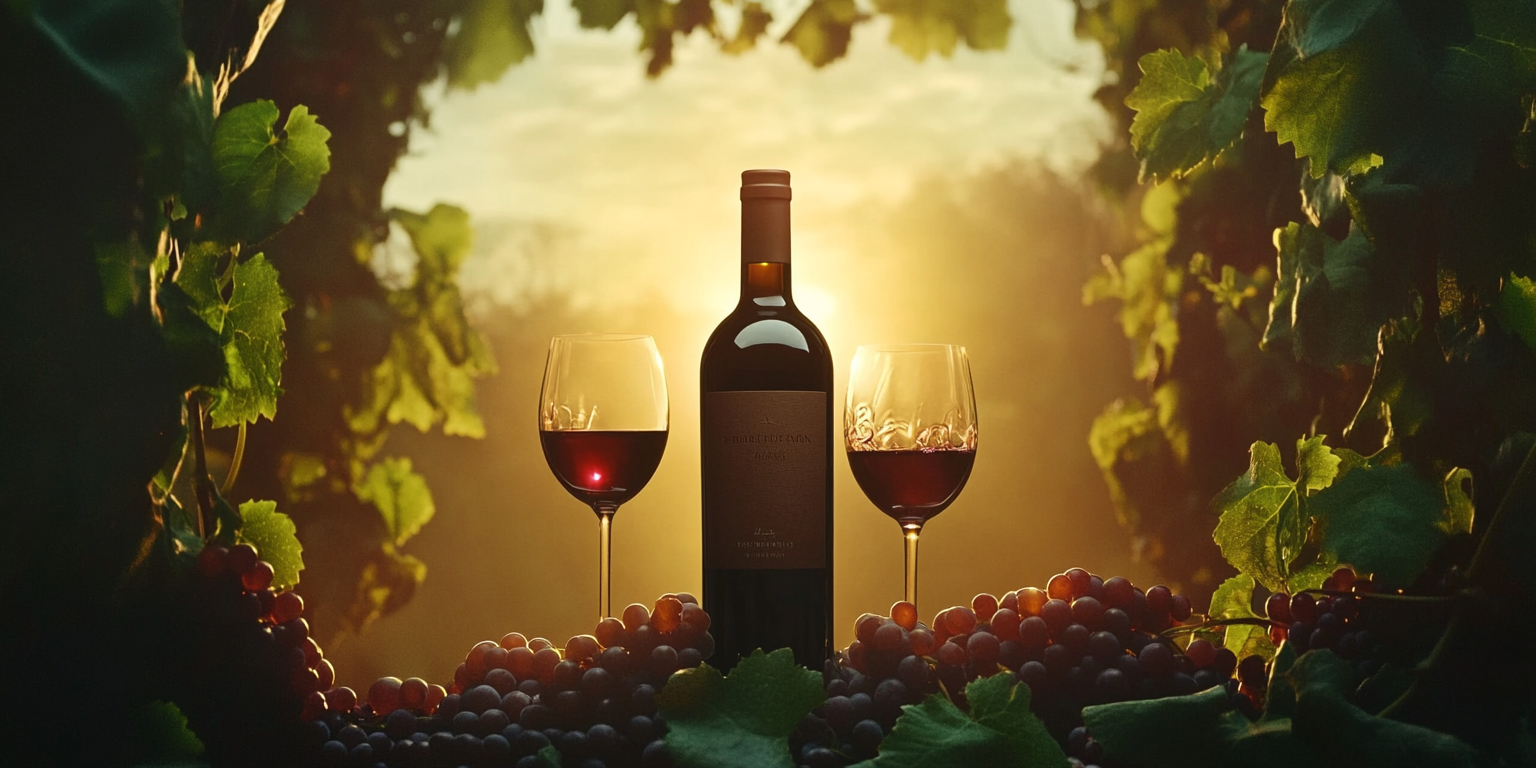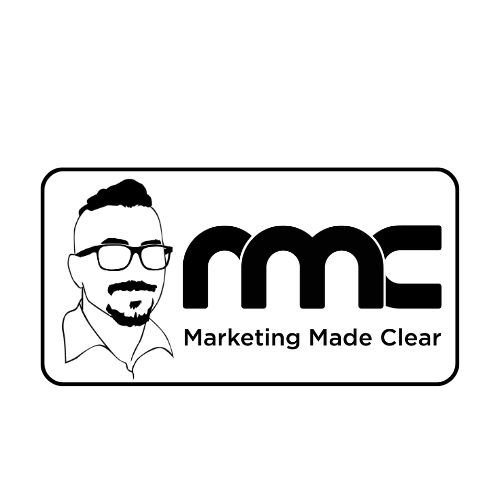The Ever-Evolving Spirit of Alcohol Marketing in the UK
A Marketer’s Challenge
Marketing alcohol in the UK has always required a fine balance between creativity and compliance. As regulations tighten, the industry is constantly forced to evolve, keeping marketers on their toes, especially when it comes to staying on the right side of the law.
With decades of legal shifts, marketing alcohol has become a more complex, but still exciting, field. Here’s a deep dive into how UK alcohol marketing has been affected by changing regulations, and what that means for brands looking to stand out in a glass half-empty, half-full environment.
Note:
This article features content from the Marketing Made Clear podcast. You can listen along to this episode on Spotify:
The Early Days: When Drinks Were Flowing Freely
Fifty years ago, marketing alcohol in the UK was much simpler. There were few restrictions on where, when, and how alcohol could be advertised. Television, radio, print, and billboards were all fair game, and alcohol brands were able to craft campaigns that were both bold and widely broadcasted. However, as public health concerns grew and societal attitudes towards alcohol consumption became more cautious, so did the legislative framework around advertising.
1970s-1980s: Raising the Bar for Advertising
The first wave of significant change came in the late 1970s and early 1980s. The 1976 Licensing Act was one of the earliest pieces of legislation that impacted alcohol marketing, requiring alcohol sellers to hold a license and adhere to specific conditions regarding sales and promotions. This didn’t directly affect advertising yet, but it marked the beginning of regulatory intervention in the industry.
Moving into the 1980s, marketers began to face more challenges with the Broadcasting Act of 1981. This piece of legislation sought to curb the growing influence of mass media advertising by limiting the times during which alcohol adverts could appear on television, pushing them away from children’s programming and into later time slots. Marketers now had to reconsider when and where to target their audience, as the prime TV spots became a little more elusive.

1990s: No More Free Pours
As we clinked glasses into the 1990s, the UK government continued to tighten the rules on alcohol marketing. The introduction of the 1991 Portman Group Code of Practice was a game-changer. Established by the industry itself, this code sought to promote responsible drinking by setting guidelines on how alcohol should be advertised. Under this code, alcohol brands were no longer allowed to promote irresponsibility or excessive consumption, and marketing content had to avoid glamorise ing drunkenness. As a result, marketers had to rethink how to sell the “good time” without selling “too good a time.”
While this was a voluntary code, it quickly became an essential part of alcohol advertising strategy, with companies adhering to it to avoid penalties and protect their brand reputation. The era of over-the-top party scenes in adverts was coming to a close, and the focus shifted towards more sophisticated, aspirational messaging.
2000s: Sobering Up the Market
The start of the 21st century saw one of the biggest regulatory shake-ups in UK alcohol marketing with the 2003 Licensing Act. This legislation focused heavily on reducing alcohol-related harm and placed greater restrictions on promotions that encouraged excessive drinking. For marketers, this meant steering clear of campaigns that could be interpreted as encouraging binge drinking, while also dealing with stricter control over point-of-sale promotions. “Happy hours” and “2-for-1” deals were particularly scrutinised, meaning marketers had to get more creative with their promotions while adhering to these guidelines.
At the same time, public health campaigns ramped up the pressure on the alcohol industry, with government-backed initiatives warning against the dangers of excessive drinking. The Alcohol Harm Reduction Strategy for England (2004) emphasised the need for greater responsibility in advertising, and alcohol marketers found themselves needing to strike an even finer balance between appealing to consumers and adhering to an increasingly health-conscious societal mood.
In addition, The Communications Act 2003 had a major impact on alcohol advertising, particularly on television. The Office of Communications (Ofcom) took on the role of regulating broadcast advertising, and its guidelines became much stricter.
The advertising code was expanded to include more stringent rules on:
- Preventing ads from linking alcohol with social or sexual success
- Avoiding ads that implied alcohol enhanced physical or mental capabilities
- Prohibiting content that would appeal to individuals under the age of 18
These changes forced marketers to get more creative in their messaging, leaning on storytelling, humor, and sophistication rather than explicit associations with fun, glamour, or sex appeal.

2007: Alcohol Advertising in the Crosshairs
By the mid-2000s, rising concerns about binge drinking, particularly among young people, led to even tougher advertising restrictions. The Alcohol Advertising Review in 2007 introduced more detailed guidelines around how alcohol ads could portray drinking.
Key points included:
- Alcohol ads couldn’t show people drinking at work or before any physical activities
- Ads couldn’t suggest that alcohol was a solution to life’s problems
- Promotions couldn’t imply that drinking alcohol made you more attractive or popular
For marketers, this meant rethinking their approach to avoid falling foul of these rules. Campaigns started to focus more on the craft, quality, and tradition behind alcoholic beverages rather than positioning them as party starters.
2010s: Cracking Down on Digital Drinking
As we moved into the digital age, marketers had to contend with yet another new frontier, online advertising. The rise of social media and digital platforms presented alcohol marketers with new opportunities to engage with consumers, but it also opened up fresh challenges in terms of regulation. Enter the CAP (Committee of Advertising Practice) Code and BCAP (Broadcast Committee of Advertising Practice) Code revisions in 2010. These codes provided comprehensive guidelines on what was acceptable in digital and broadcast advertising.
One of the biggest changes was the tightening of rules around targeting minors. Social media platforms became a new battleground, with alcohol brands needing to ensure that their adverts were not only age-gated but also carefully designed not to appeal to under-18s. Imagery, language, and even the selection of influencers became points of scrutiny.
The 2011 Public Health Responsibility Deal also played a significant role in shaping alcohol marketing in the 2010s. The industry was encouraged to self-regulate more strictly, and there was increasing emphasis on providing clear information about alcohol units and promoting responsible drinking. For marketers, this meant not just selling a product but also promoting an ethos of moderation, a challenging message when the goal is to increase sales.

Is There a Marketing Loophole for 0% Alcohol Drinks?
Yes, there is indeed a marketing opportunity (or “loophole”) for alcohol brands to advertise 0% alcohol drinks more freely compared to traditional alcoholic beverages. This is because non-alcoholic drinks, typically those containing 0.5% ABV or less, are not subject to the same strict advertising regulations as alcoholic drinks. This has allowed alcohol brands to market their non-alcoholic versions in ways that would otherwise be restricted for their higher-alcohol counterparts.
Here’s how alcohol brands are leveraging this difference:
1. Freer Use of Platforms
Since non-alcoholic drinks do not fall under the same stringent advertising rules that apply to alcoholic beverages, brands can advertise them across a wider range of platforms, including TV, radio, and digital, without the same restrictions on content. For example, while alcoholic beverages cannot be shown as improving social or physical performance, non-alcoholic versions can be advertised with fewer limitations.
2. Brand Association
Alcohol brands often leverage the non-alcoholic product to build brand awareness and indirectly promote the alcoholic range. By marketing a 0% alcohol version prominently, a brand can stay top-of-mind without explicitly advertising its higher-ABV beverages. This can be seen as a form of indirect advertising where the product’s branding, visuals, and overall “vibe” are closely aligned with the alcoholic version, drawing the customer’s attention to the overall brand.
3. Product Sampling and Promotions
There are fewer restrictions on promoting non-alcoholic beverages through sampling and promotions in public spaces or events. Alcoholic drinks have tighter controls in these areas, especially regarding age-restricted audiences, but non-alcoholic versions can be freely distributed.
Staying in the Loop
While this “loophole” allows alcohol brands to advertise non-alcoholic versions more freely, it also opens new pathways to reach consumers, especially as the demand for no- and low-alcohol options grows. The challenge lies in balancing the promotion of these non-alcoholic products without crossing lines that would suggest or glorify excessive alcohol consumption, keeping the marketing spirit light, so to speak!
2020s and Beyond: A Toast to the Future
The tightening of regulations has continued into the 2020s, with a particular focus on protecting young people and promoting responsible consumption. As of 2024, alcohol brands are required to ensure that no more than 25% of their digital ad audience is under 18, a guideline enforced by both CAP and the ASA.
In addition to digital advertising restrictions, calls for clearer health warnings on alcohol packaging have increased, with some experts predicting that the UK may introduce similar guidelines to those for tobacco products in the future, including plain packaging and mandatory health labels.

Raising a Glass to Creativity
So, where does that leave us as marketers?
While the regulatory landscape has certainly become more challenging, it also presents an opportunity to get more creative. Campaigns now require a sharper focus on craftsmanship, brand heritage, and authenticity. Instead of celebrating excess, marketers are tapping into the trend of moderation, positioning alcohol as a high-quality, occasional indulgence rather than an everyday drink.
Ultimately, marketing alcohol in the UK today is all about striking the right balance, ensuring that campaigns are engaging while remaining compliant with ever-tightening regulations. In this environment, it’s not just about what you say, but how you say it. Now, that’s something we can all raise a glass to!
With a century of legal evolution behind us, alcohol marketers face a new kind of challenge. But if there’s one thing we know how to do, it’s adapting. After all, when the regulatory tides shift, you don’t just sink—you pivot and sail smoothly into new creative waters.
Cheers!


